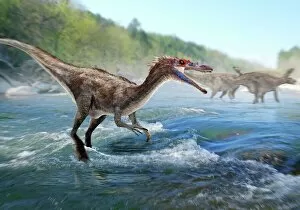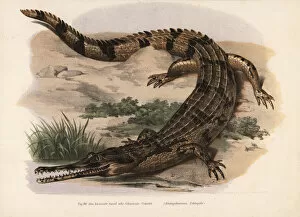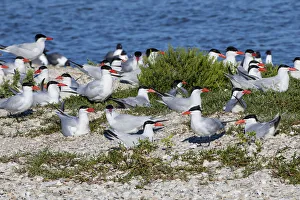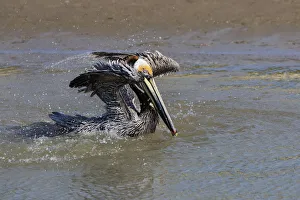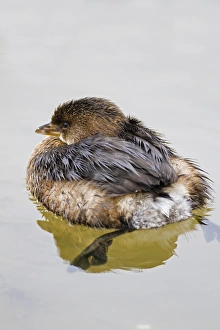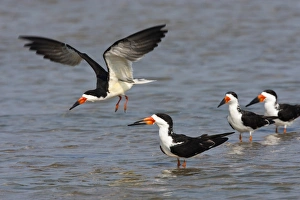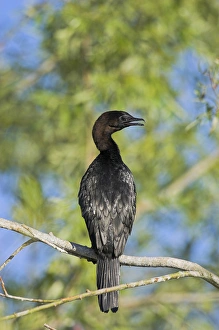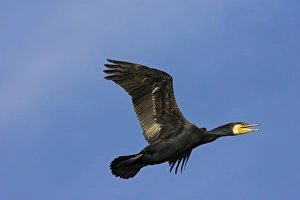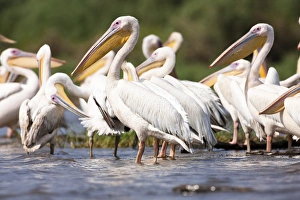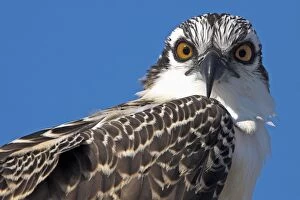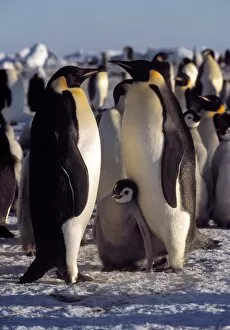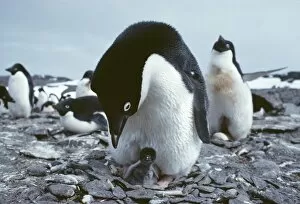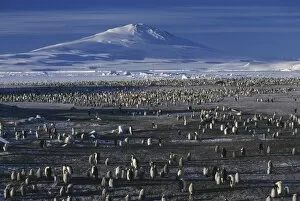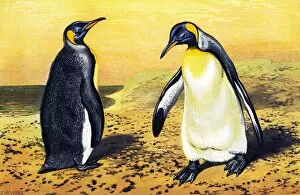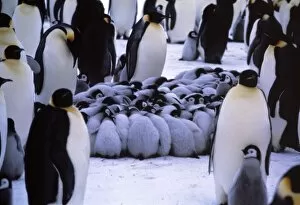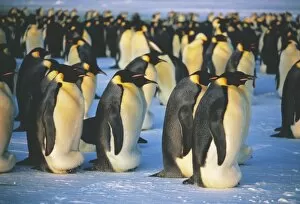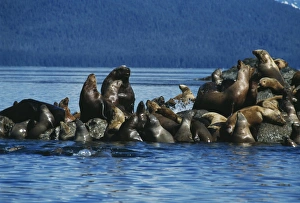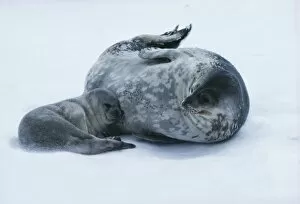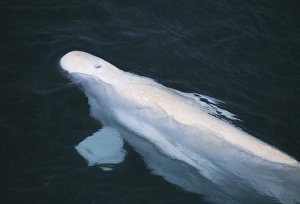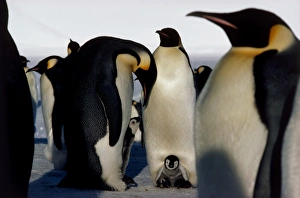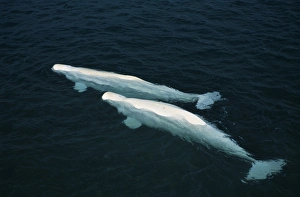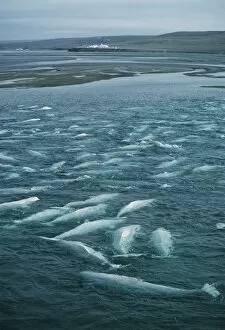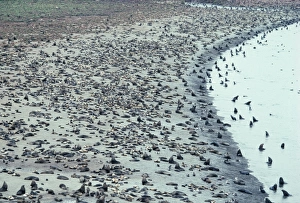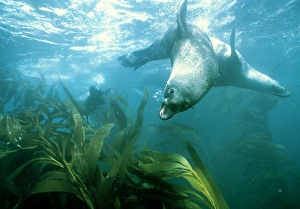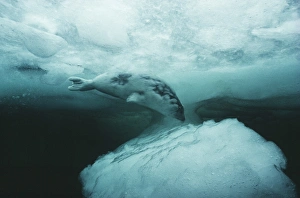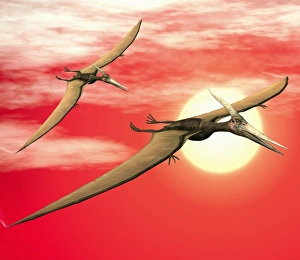Fish Eating Collection
Witness the incredible spectacle in the animal kingdom
All Professionally Made to Order for Quick Shipping
Witness the incredible spectacle in the animal kingdom. From ancient predators like the Baryonyx dinosaur to modern-day hunters such as the Gharial, nature never fails to amaze us. Watch in awe as a Great Blue Heron gracefully lands on its prey, while a Great Egret takes flight with remarkable precision. Meanwhile, Royal Terns gather on nesting islands, eagerly awaiting their turn to feast on fish. A Brown Pelican glides through the water effortlessly, showcasing its exceptional swimming skills. In another corner of the world, a Pied-billed Grebe elegantly swims across calm waters. On the Laguna Madre in Texas during springtime, Black Skimmers demonstrate their unique feeding technique by skimming along the surface and catching fish with their specially adapted bills. The Pygmy Cormorant in Danube Delta faces near-threatened status but continues to thrive as it dives into water for its next meal. Not far away, an Eurasian Cormorant soars through Eastern European skies after successfully snatching a fish from beneath the waves. These fascinating creatures remind us of nature's delicate balance and how each species has evolved distinct strategies for survival. Whether it's prehistoric dinosaurs or present-day birds, witnessing these captivating moments reminds us of both our planet's rich history and ongoing wonders that unfold every day.

